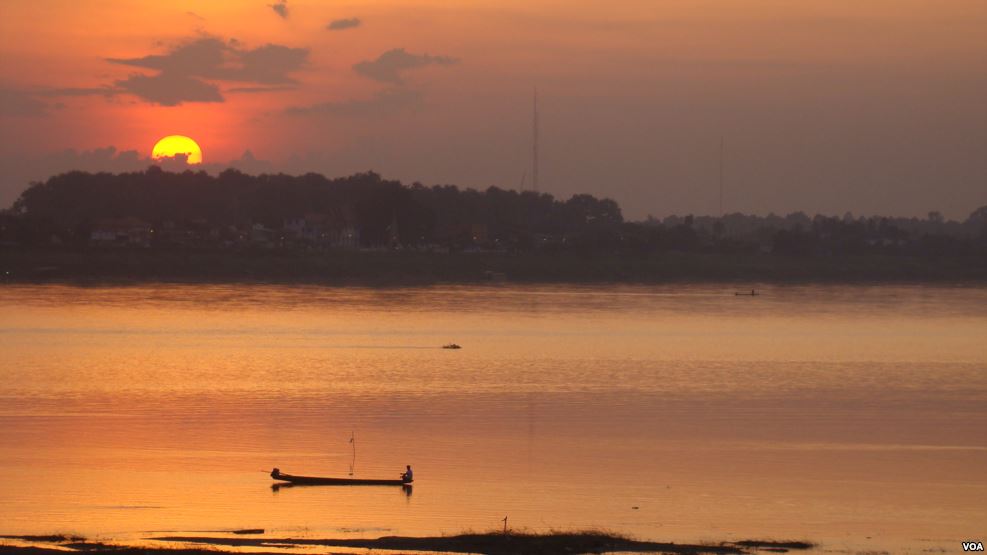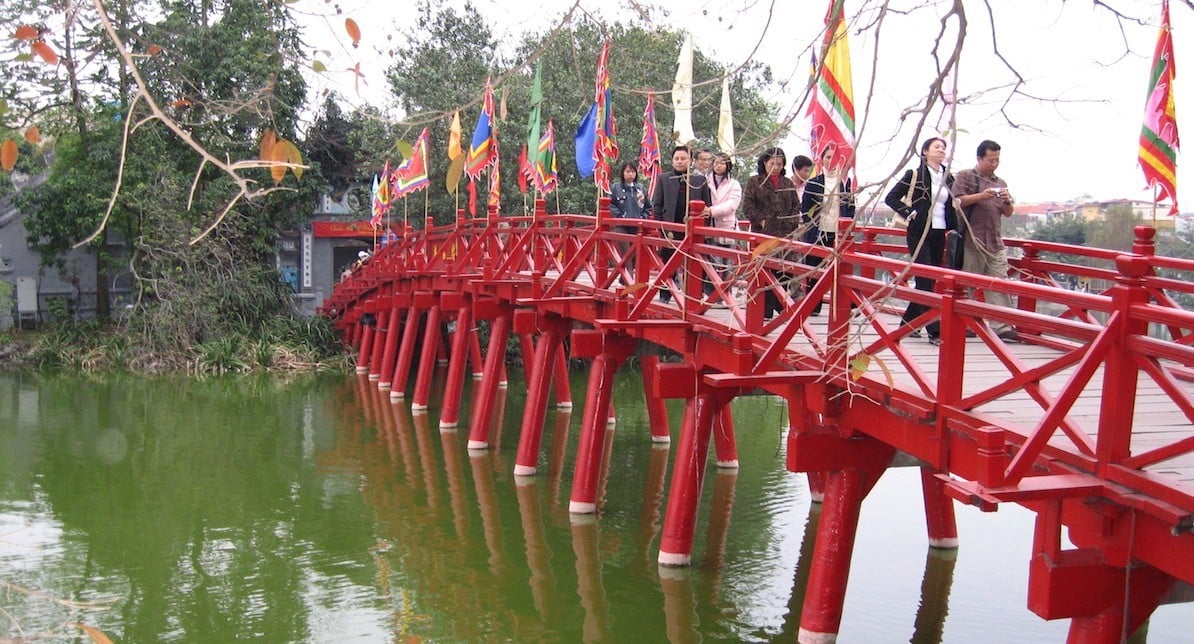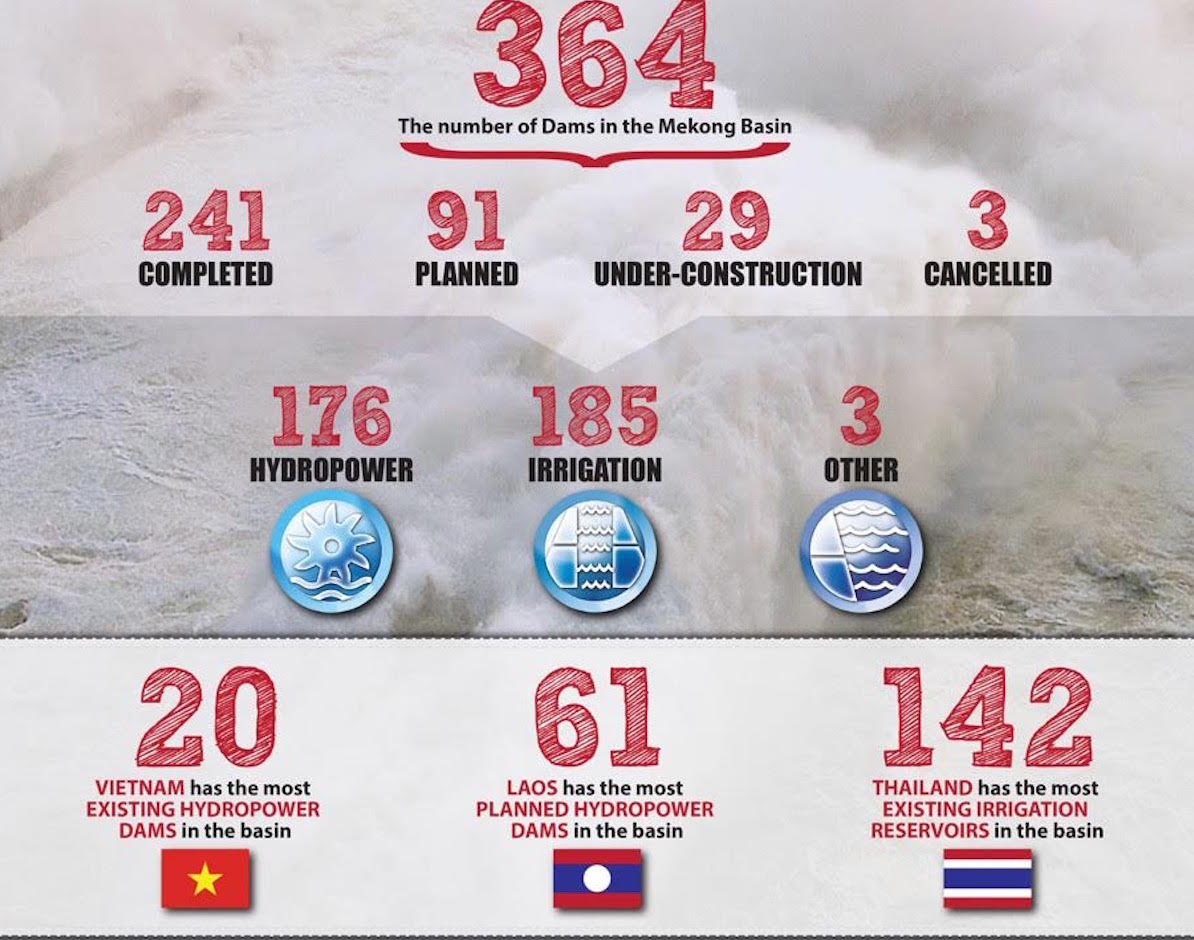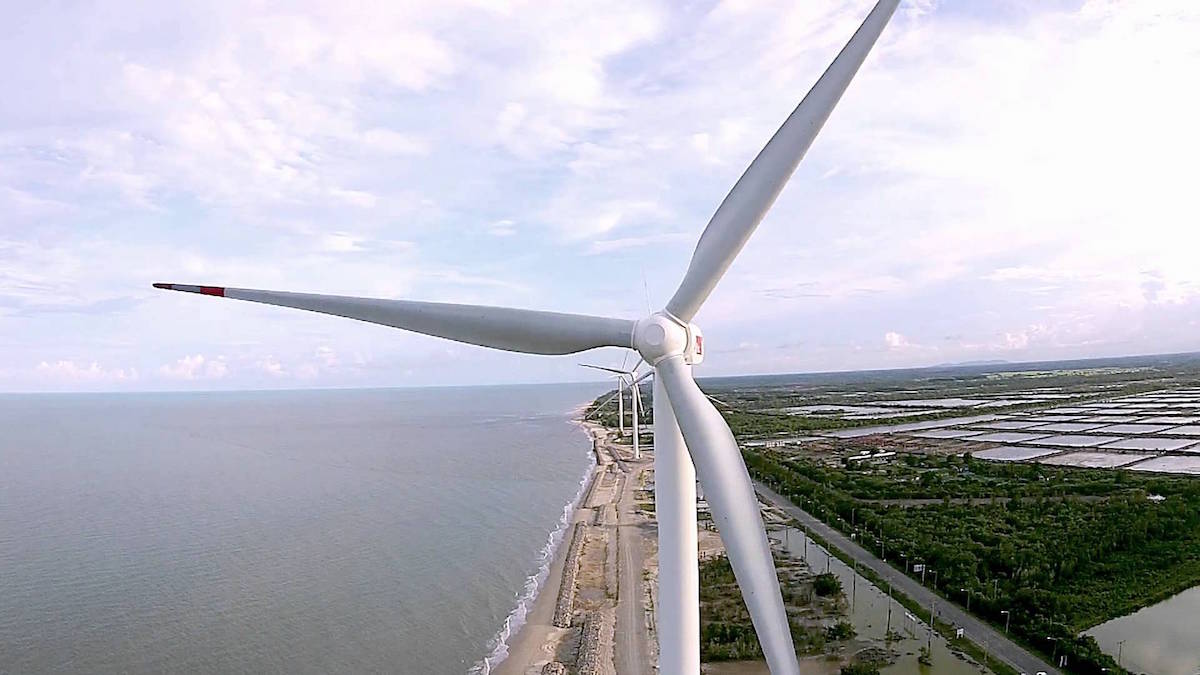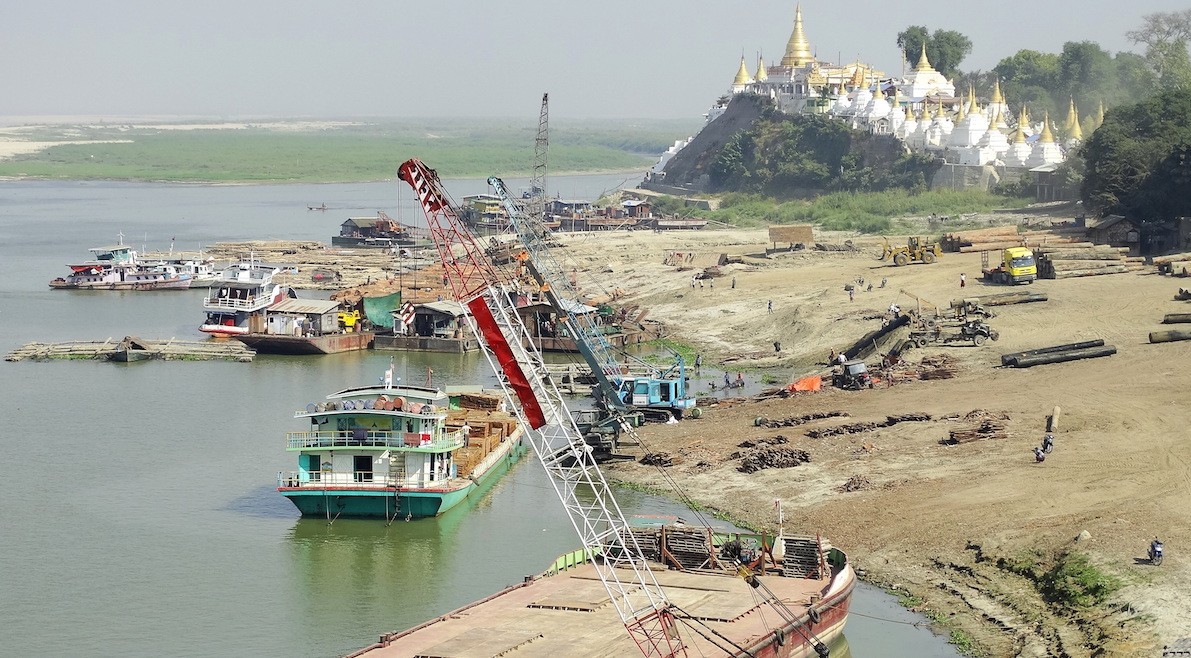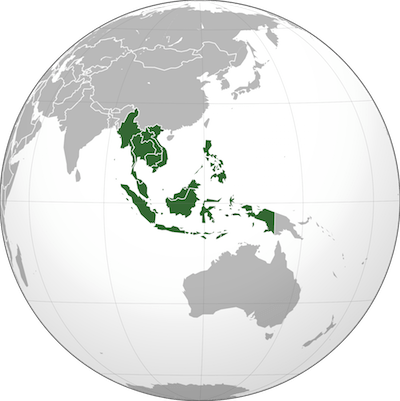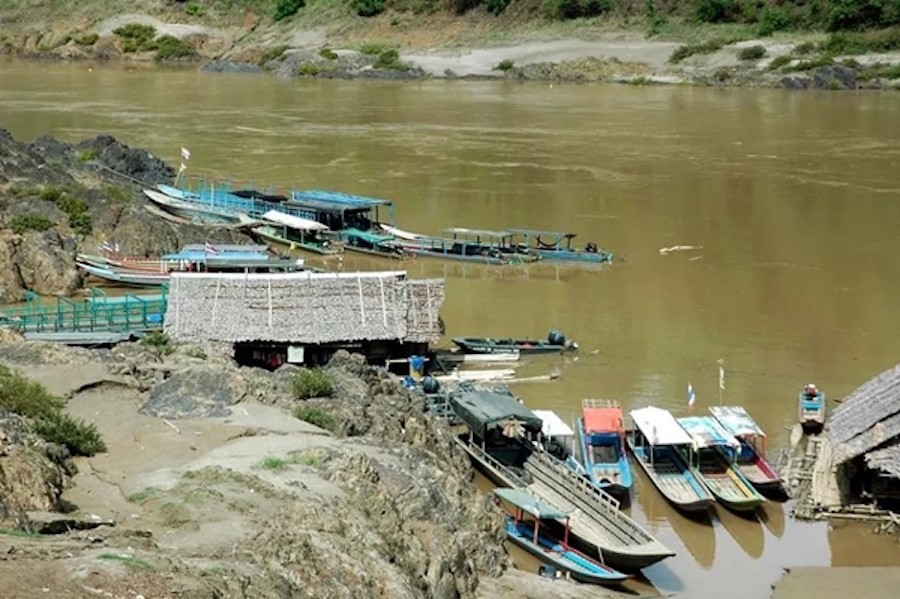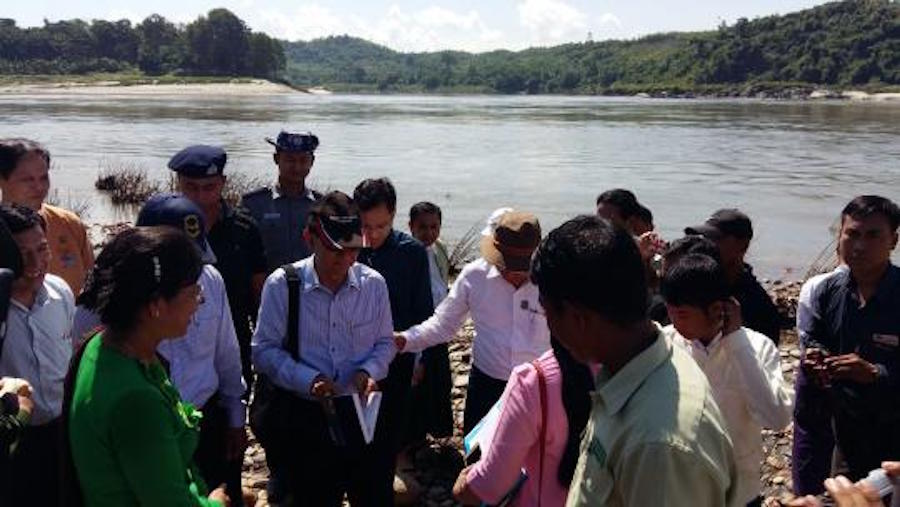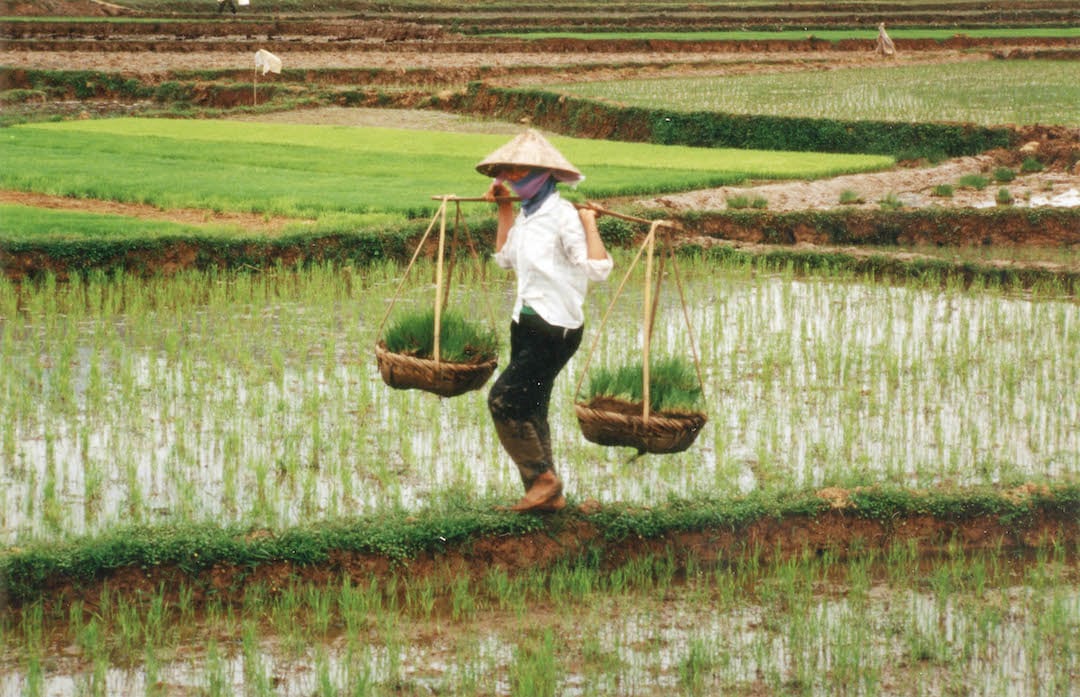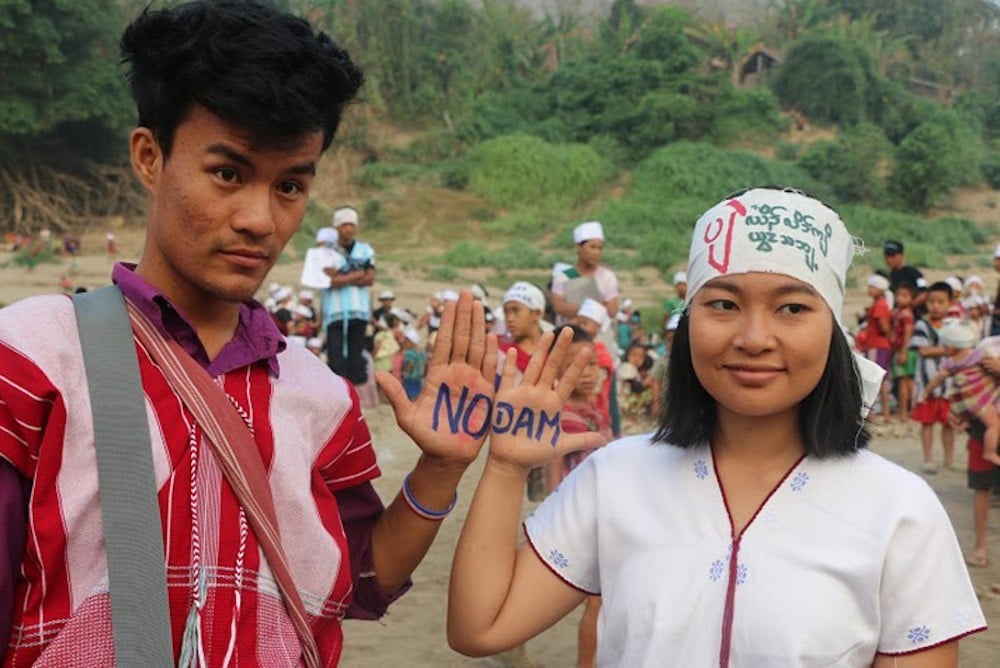Abstract: The countries sharing the Lancang-Mekong River are entering a new era of hydropolitics with a growing number of hydropower dams throughout the basin. Three ‘powersheds’, conceptualised as physical, institutional and political constructs that connect dams to major power markets in China, Thailand and Vietnam, are transforming the nature–society relations of the watershed. In the process, new conditions are produced within which the region’s hydropolitics unfold. This is epitomised by the ‘Lancang-Mekong Cooperation’ framework, a new initiative led by China that proposes programs on both economic and water resource development, and anticipates hydrodiplomacy via China’s dam-engineered control of the headwaters.
Category: China
Vietnam playing ‘key Mekong sub-region role’
VIETNAM has been making practical contributions to turning the Mekong sub-region into a dynamic and prosperous economic area via two crucial cooperation frameworks. That is according to the country’s Deputy Prime Minister and Foreign Minister Pham Binh Minh, who spoke before meetings of those cooperations, the 8th Cambodia-Laos-Myanmar-Vietnam Summit (CLMV-8) and the 7th Ayeyawady-Chao Phraya-Mekong Economic Coopera-tion Strategy Summit (ACMECS-7) which will be held in Hanoi on October 25 and 26.
From dams to basins: mapping across scales
t the end of June 2016, WLE Greater Mekong published a series of maps identifying dams on the Irrawaddy, Salween, Mekong, and Red rivers and their tributaries. The maps cover existing dams, dams under construction, planned dams, and cancelled dams; both irrigation dams and hydroelectric dams are mapped, as long as they have a reservoir size of at least 0.5 km2 and/or have an installed capacity of at least 15 megawatts (for hydroelectric dams).
The following is the first half of an interview that took place on 8 July 2016, between Dr Kim Geheb—the WLE Greater Mekong Regional Coordinator — and the editor of Thrive. It is being published here in anticipation of the Great Mekong Forum on Water, Food, and Energy.
Renewable energy gains offer us a cleaner future
China has made a number of significant steps towards building a future of more sustainable energy.
President Xi Jinping has made good on his commitment to increase the supply of renewable energy at the climate change conference in Paris last year, a time when the toxic smog choking streets in Beijing and Shanghai was making global headlines. I wrote about this at the time in my column “China’s energy paradox”.
Chipwe, Hsawlaw residents join anti-Myitsone chorus in Kachin State
Residents of Chipwe and Hsawlaw townships in Kachin State have joined growing calls for the government to scrap seven hydropower projects along the Ayeyarwady River, including the controversial Myitsone megadam in neighbouring Myitkyina township.
Asia: Heading towards a seismic shift
In a decade’s time, visitors to Asean, South and North Asia may find their personal experiences in their respective destinations differ quite drastically.
Each Asian nation is busy operating at its own pace, plotting a new stage of economic development and growth – despite ongoing global economic uncertainty.
In the process of this seismic shift, some countries have chosen to work in partnerships while others are tackling the challenges alone. All of them reflect Asia’s unique aspiration to take on global competitive pressure. Some nations aim to get out of the middle-income trap, while others want to secure a higher standard of living for their people.
Govt sidesteps controversial Thanlwin in hydropower push
U Htay Aung, deputy permanent secretary of the Ministry of Electric Power and Energy, told The Myanmar Times last week that the projects – the Shweli (3), Upper Yeywa and Upper Kyaing Taung dams – are seen by the ministry as a means of meeting energy-deprived Myanmar’s electricity needs, while noting that the earliest expected completion dates were 2020.
Along with a fourth dam under construction in Rakhine State and a fifth in Nay Pyi Taw’s Pyinmana township, the projects’ electricity generation will total more than 1500 megawatts, he said, nearly half of Myanmar’s current installed capacity nationwide.
Dam committee meets Myitsone residents
Kachin residents have expressed their refusal to accept the Myitsone dam project when the Investigation Commission for Hydropower Projects on the Ayeyawady River visited Myitsone.
The committee met town elders and MPs at the Myitsone Resort, asked about the livelihoods of villagers and the environmental damage caused by gold mining.
Why silt is so important for the Mekong
Just as forests are more than only trees, rivers are more than water. The Mekong river carries massive loads of sediment and nutrients from upstream to downstream and across national borders, replenishing and enriching the land as it goes. This process is key to sustaining the ecological integrity of the river and surrounding landscapes, which in turn supports the economy.
However, a boom in sand mining and hydropower development on the Mekong is transforming the river’s sediment flows, with profound consequences for the region if left unchecked. For a prosperous, sustainable future for the region, all Mekong countries must come together now and adopt international standards for managing transboundary river resources.
Ethnic Activists Voice Alarm Over Salween Dams
Ethnic Shan, Mon and Karenni environmental activists have voiced strong concern over alleged government plans to push ahead with hydropower dams on the Salween River, which they believe would destroy the livelihoods of ethnic communities.
At a press conference in Rangoon on Wednesday, Shan environmentalist Sai Khur Hseng of the Sapawa organization claimed that U Htein Lin, permanent secretary of the Ministry of Electricity and Energy, said during a closed-door meeting in Naypyidaw in August that to fulfill Burma’s energy needs, planned dams should proceed on the Salween [also known a the Thanlwin] River.


